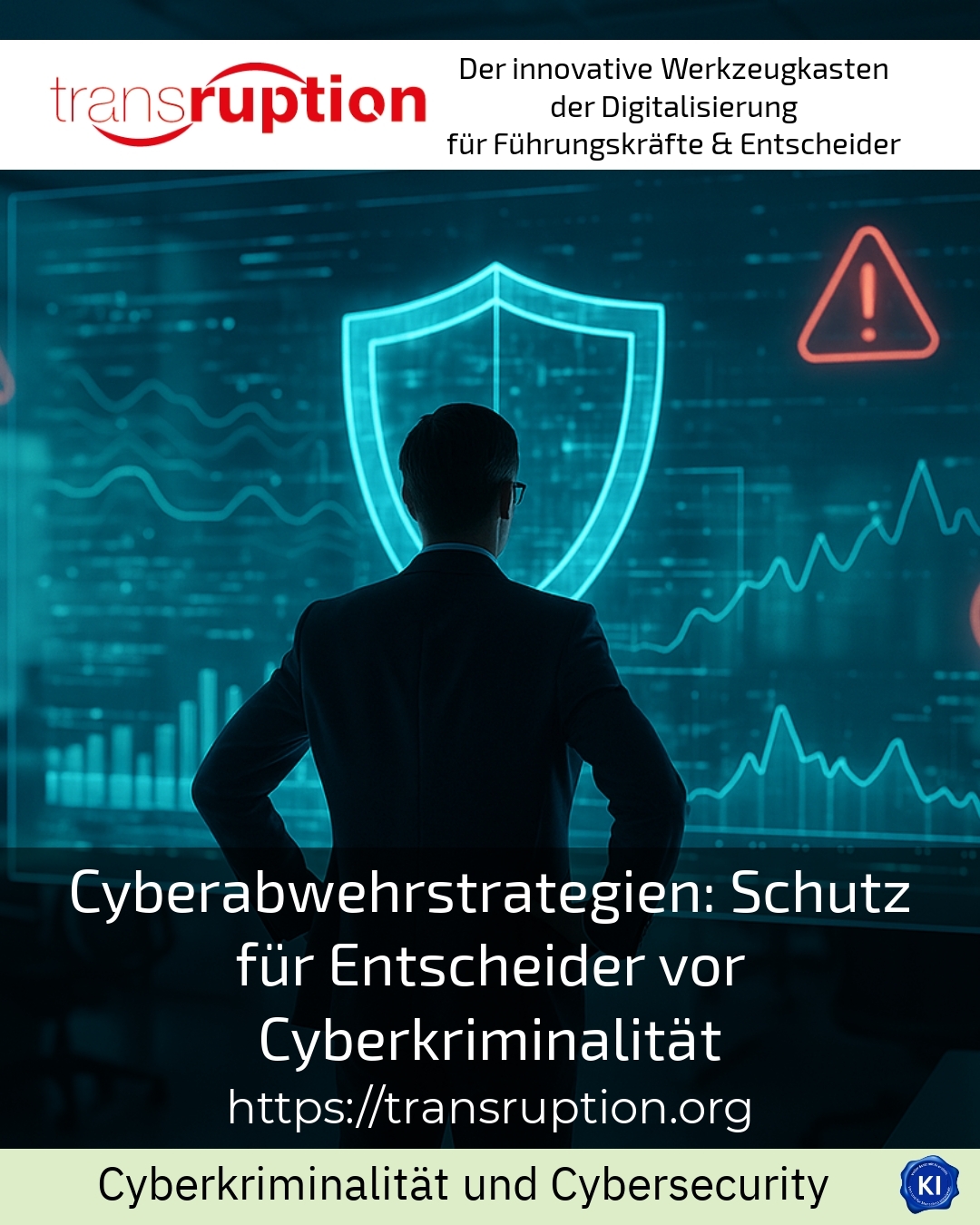In today's digital world, cyberattacks are ubiquitous and pose a significant threat to companies and organisations. The development and implementation of effective Cyber defence strategies is therefore essential to provide decision-makers with the best possible protection against these threats. These strategies help to recognise and prevent attacks at an early stage and to react in a targeted manner in the event of an emergency. Technical, organisational and human factors play a central role in this, which together enable sustainable security.
Basics of modern cyber defence strategies
One of the most frequently used methods is Defence-in-Depth, in which several layers of protection are built up. For example, physical security protects against unauthorised access to the company site, while network security and application protection form further barriers against attacks from the internet. The strategy reduces risks because an attacker would have to overcome several lines of defence.
The zero trust model is also becoming increasingly important. Instead of granting users or devices a trust advantage from the outset, every access request must be comprehensively checked. One energy supplier, for example, successfully used this approach to secure access to sensitive control systems and thus minimise the risk of targeted manipulation.
In addition, risk-based cyber defence includes the assessment and prioritisation of the greatest sources of danger. Penetration tests and audits are used to identify vulnerabilities so that targeted measures can be taken where they are most urgent.
Technical measures as a foundation
Reliable firewalls and antivirus programmes form the basis for any effective cyber defence strategy. Regular updates and system maintenance close known security gaps in operating systems and applications. For example, a medium-sized industrial company was able to significantly increase the protection of its sensitive machine data through improved firewall configuration.
Companies are also increasingly relying on web application firewalls (WAF) to protect web applications from attacks such as SQL injections or cross-site scripting. One IT service provider used regular security audits in conjunction with such WAFs to prevent successful attacks at an early stage.
Last but not least, encryption plays an important role: data is encrypted „at rest“ and „in motion“, making unauthorised access much more difficult. For one financial services provider, the introduction of multi-factor authentication in combination with encrypted connections significantly improved data security.
BEST PRACTICE at the customer (name hidden due to NDA contract)
A logistics company pursues a comprehensive cyber defence strategy that combines technical measures and employee training. In addition to firewalls and virus protection systems, the company regularly carries out phishing simulations. Collaboration with a cyber security coach helps the workforce to develop a high level of security awareness. This combination helped to recognise several attempted attacks at an early stage and prevent damage.
Human factor and training
Technology alone is not enough. Employees are often the weakest link in the security chain because phishing and social engineering deliberately deceive their attention. Regular awareness-raising and training programmes are therefore essential.
One financial services provider reported that the number of successful phishing attacks fell by over 40 % after employees were made aware of current attack methods in workshops. Gradual access rights, adapted to the respective area of responsibility, also prevent unnecessary data access and minimise risks.
It is also worth establishing a safety culture in which employees can proactively report information. This openness favours the rapid flow of information and an effective response to possible incidents.
Practical tips for resilient protection
In addition to the selection of suitable technologies and training measures, the introduction of continuous monitoring is recommended. This allows irregularities in the network to be detected at an early stage. For example, an energy supplier used advanced threat detection systems to recognise complex ransomware attacks before they could cause any damage.
Close cooperation with external experts helps to understand the latest threats at an early stage. Regular audits and simulated cyber attacks are particularly effective for testing and adapting processes.
Last but not least, companies should carefully prepare contingency plans and recovery processes. A rapid response and the ability to quickly restore systems minimise the potential impact of cyber incidents.
My analysis
Cyber defence strategies are a key component in protecting decision-makers and companies against increasing cybercrime. The combination of technical solutions, training and organisational measures strengthens resistance to various forms of attack. Examples from logistics, industry and the financial sector show how practical and holistic approaches can be successfully implemented. Continuous adaptation to new threats and the active involvement of all stakeholders are also essential for sustainable security.
Further links from the text above:
What is cyber defence?
Cyber defence strategies: Your protective shield against cyber attacks
Cyber defence strategies: effectively combating cybercrime
Cyber security - protecting the energy infrastructure
Cyberattacks on companies - how to protect your company
The top 5 cyber risks that every company should be aware of
Hacker attacks - five tips for cyber defence strategies
Constant hacker attacks are the new normal
Growing danger for companies: Strategies against cyber attacks
Managed Cyber Defence
For more information and if you have any questions, please contact Contact us or read more blog posts on the topic TRANSRUPTION here.
















